Alina Chanaewa has a PhD in physical chemistry, was a scientist for a while working on nanoparticles and transistors, but is now CEO and co-founder of startup Eddytec, which is working on easy defect detection in carbon fibre composites.
This video was made in cooperation with the Startup Stage of ChemistryNL.
How did you end up at Eddytec?
’At some point I wanted to see how the technology became a real product, so I went to work for a start-up called SkyTree. We were developing a technology to extract carbon dioxide from the air. That was a big challenge because it’s a very small percentage of the air. The company is now a scale-up. My current investor approached me about Eddytec. He already had a good scientist and money and asked if I wanted to come and help. I have both start-up and product development experience and a scientific background.’
What problem are you trying to solve?
’To make the testing of carbon fibre components faster and easier. These composites are much lighter than the materials we used to use in aircraft. But aircraft maintenance takes a long time. When an aircraft is not in the air, it costs money. Aircraft need to be lighter to be more sustainable. Then they use less fuel and emit less CO2. If you use more carbon fibre, you have to inspect more components for damage. The current methods are very slow and we have a solution. Accidents can happen when loading and unloading luggage, and the carbon fibre composite can be damaged without you seeing it. To rule out problems, a test technician has to do a scan, which now takes a couple of hours.’
How are you going to solve it?
‘We measure changes in conductivity. Carbon fibres have very low conductivity, but they are not insulators. Our method is based on something called eddy current. We have a coil through which we pass a current, which creates a magnetic field. We put the material in or near the magnetic field. This induces an eddy current in the material. That current in turn creates its own magnetic field, which couples with the magnetic field of the coil. The eddy current changes if the material is damaged, and you can detect that. We visualise the differences in conductivity with a map of the composite. We now have two challenges. One is the low conductivity of the material and the other is interpreting the results.’


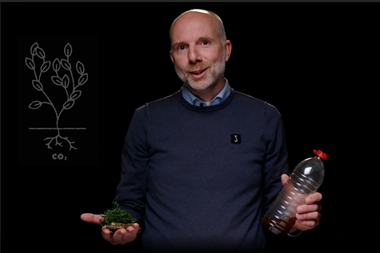
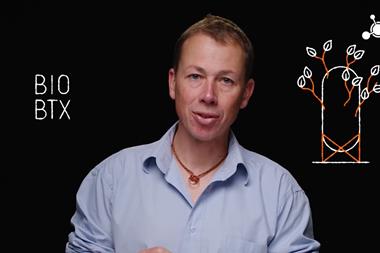
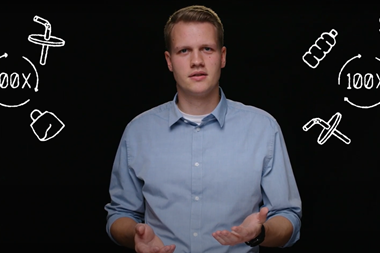

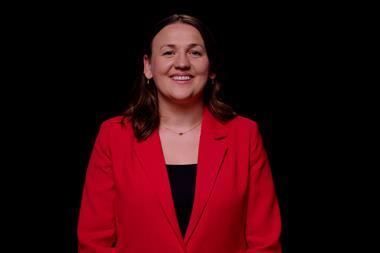

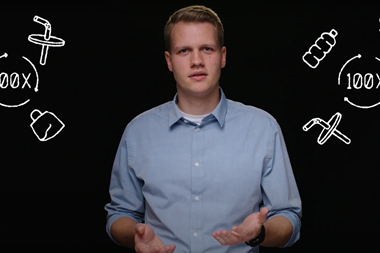
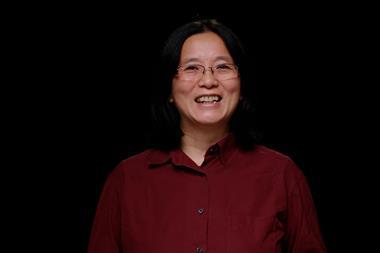










Nog geen opmerkingen